With a sense of urgency. No more dilly-dallying around.
The Fed’s balance sheet for the week ending January 31, released this afternoon, completes the fourth month of QE-unwind. And it’s starting to be a doozie.
This “balance sheet normalization” impacts two types of assets: Treasury securities and mortgage backed securities (MBS) that the Fed acquired during the years of QE and maintained afterwards.
The Fed’s plan, as announced in September, is to shrink the balances of Treasuries and MBS by up to $10 billion per month in October, November, and December 2017, then to accelerate the pace every three months. In January, February, and March 2018, the unwind would be capped at $20 billion a month; in Q2, at $30 billion a month; in Q3, at $40 billion a month; and starting in Q4, at $50 billion a month.
According to this plan, balances of Treasuries and MBS will shrink by $420 billion in 2018, by an additional $600 billion in 2019, and by additional $600 every year going forward until the Fed deems the level of its holdings “normal.” Whatever this level may turn out to be, it will be much higher than the level suggested by the growth trajectory before the Financial Crisis.
For January, the plan called for shedding up to $20 billion: $12 billion in Treasuries and $8 billion in MBS.
So how did it go?
On its December 27 balance sheet, the Fed had $2,454 billion of Treasuries. By January 31, it had $2,436 billion: a drop of $18 billion in one month!
This exceeds the planned drop of $12 billion for January. But hey, over the holidays, most folks at the New York Fed, which does the balance sheet operations, were probably off and not much happened. And so this may have been a catch-up action, with a sense of urgency.
…click on the above link to read the rest of the article…



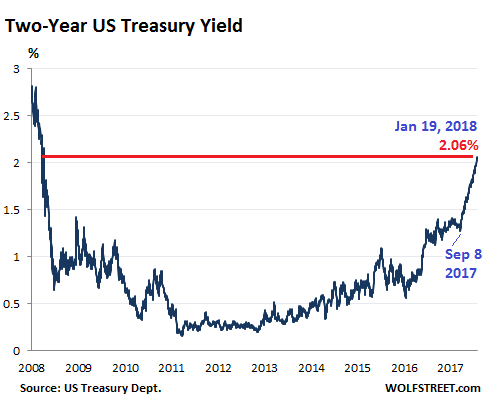
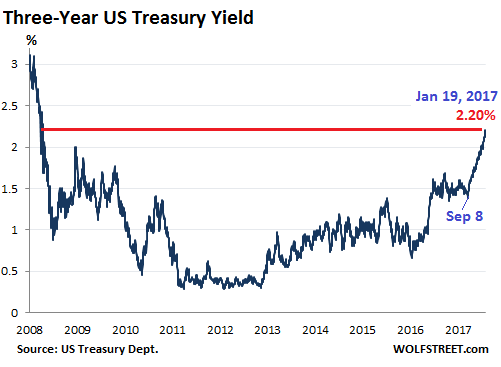
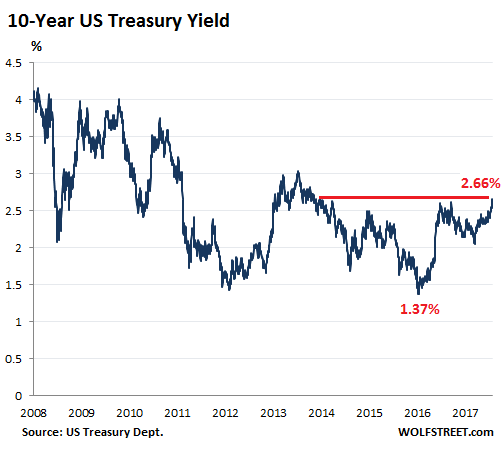
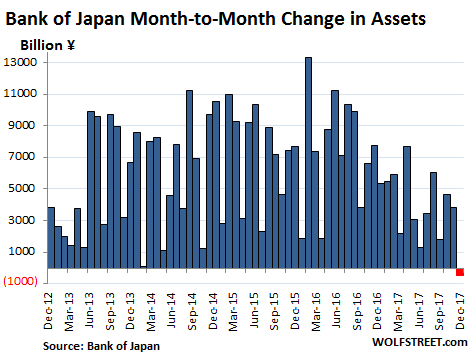
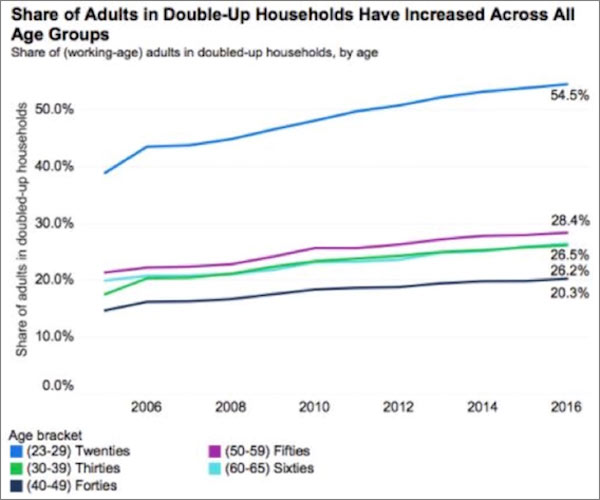

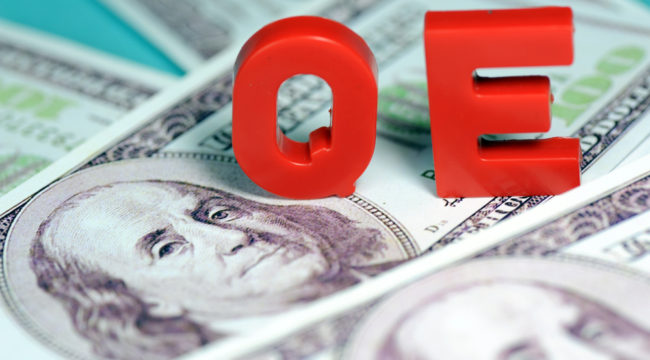




LONDON – Former US President Ronald Reagan once quipped that, “The nine most terrifying words in the English language are: I’m from the government and I’m here to help.” Put another way, policymakers often respond to problems in ways that cause more problems.
Consider the response to the 2008 financial crisis. After almost a decade of unconventional monetary policies by developed countries’ central banks, all 35 OECD economies are now enjoying synchronized growth, and financial markets are in the midst of the second-longest bull market in history. With the S&P 500 having risen 250% since March 2009, it is tempting to declare unprecedented monetary policies such as quantitative easing (QE) and ultra-low interest rates a great success.
But there are three reasons for doubt. First, income inequality has widened dramatically during this period. While negative real (inflation-adjusted) interest rates and QE have hurt savers by repressing cash and government-bond holdings, they have broadly boosted the prices of stocks and other risky financial assets, which are most commonly held by the wealthy. When there is no yield in traditional fixed-income investments such as government bonds, even the most conservative pension funds have little choice but to pile into risk assets, driving prices even higher and further widening the wealth divide.
…click on the above link to read the rest of the article…